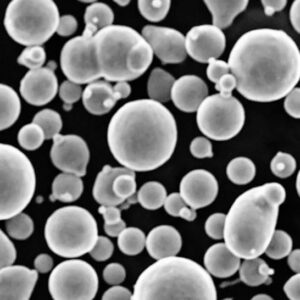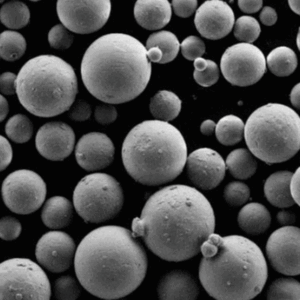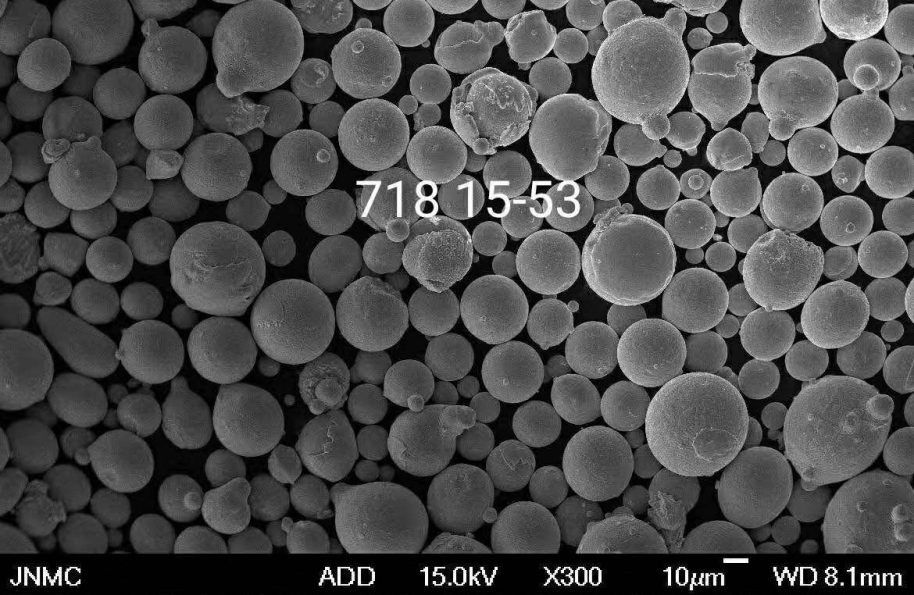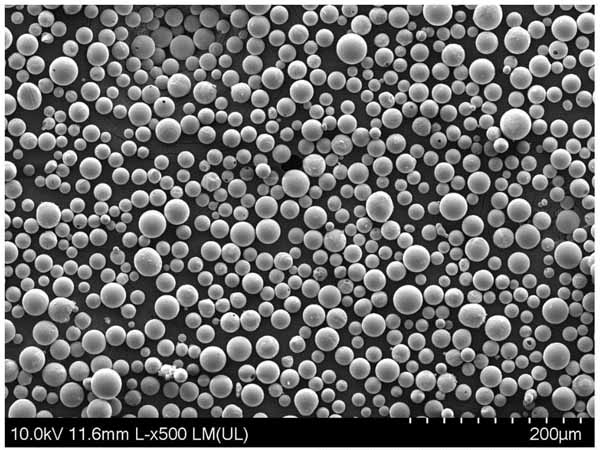Overview of High Thermal Conductivity Alloys
High thermal conductivity alloys are a class of materials designed to efficiently transfer heat. These alloys are crucial in various applications ranging from electronics to automotive and aerospace industries. They are known for their ability to dissipate heat quickly, thus preventing overheating and ensuring the longevity and reliability of components.
In this guide, we’ll delve deep into the world of high thermal conductivity alloys, exploring specific metal powder models, their composition, properties, applications, specifications, suppliers, and more. This comprehensive overview aims to provide a thorough understanding of these materials and their significance in modern technology.

Types and Composition of High Thermal Conductivity Alloys
High thermal conductivity alloys typically comprise metals like copper, aluminum, silver, and their respective alloys. Each type has unique properties that make it suitable for different applications.
| Alloy Type | Composition | Thermal Conductivity (W/mK) | Key Characteristics |
|---|---|---|---|
| Copper (Cu) | Pure Copper | 400 | Excellent electrical and thermal conductivity, malleable |
| Aluminum (Al) | Pure Aluminum | 235 | Lightweight, good thermal conductivity, corrosion-resistant |
| Silver (Ag) | Pure Silver | 429 | Highest thermal conductivity, excellent reflectivity |
| Copper-Tungsten (CuW) | Cu (85%) – W (15%) | 180-200 | High thermal stability, low thermal expansion |
| Aluminum Nitride (AlN) | Al – N | 140-180 | High thermal conductivity, electrical insulator |
| Diamond (C) | Pure Carbon | 2000 | Extremely high thermal conductivity, very hard |
| Silicon Carbide (SiC) | Si – C | 120-200 | High thermal conductivity, high hardness |
| Beryllium Oxide (BeO) | Be – O | 260 | High thermal conductivity, good electrical insulation |
| Copper-Diamond (Cu-D) | Cu – Diamond Particles | 400-600 | Enhanced thermal conductivity, lightweight |
| Graphite (C) | Pure Carbon | 150-200 | Good thermal conductivity, lightweight, lubricating properties |
Composition of High Thermal Conductivity Alloys
Each alloy has a distinct composition that contributes to its thermal properties. Let’s take a closer look at some of the popular metal powder models and their specific compositions.
Copper-Based Alloys
- Copper (Cu): Pure copper is renowned for its excellent thermal and electrical conductivity. It is commonly used in heat exchangers and electrical wiring.
- Copper-Tungsten (CuW): This alloy combines the high thermal conductivity of copper with the low thermal expansion of tungsten, making it suitable for high-temperature applications.
- Copper-Diamond (Cu-D): Incorporating diamond particles into copper significantly boosts its thermal conductivity, ideal for advanced cooling systems.
Aluminum-Based Alloys
- Aluminum (Al): Pure aluminum is lightweight and has good thermal conductivity, making it perfect for applications like heat sinks and radiators.
- Aluminum Nitride (AlN): This compound offers high thermal conductivity while being an electrical insulator, which is beneficial for electronic substrates and heat spreaders.
Other High Conductivity Alloys
- Silver (Ag): Pure silver has the highest thermal conductivity of any metal, but its high cost limits its use to specialized applications like high-performance electronics and reflectors.
- Silicon Carbide (SiC): Known for its high thermal conductivity and hardness, SiC is used in high-temperature and abrasive environments.
- Beryllium Oxide (BeO): With its high thermal conductivity and good electrical insulation, BeO is used in applications like microwave devices and high-power electronics.
- Graphite (C): Graphite’s thermal conductivity and lightweight properties make it suitable for thermal management in electronics and other high-tech applications.
Properties and Characteristics of High Thermal Conductivity Alloys
Understanding the properties and characteristics of these alloys is crucial for selecting the right material for specific applications.
| Property | Copper | Aluminum | Silver | Copper-Tungsten | Aluminum Nitride | Diamond | Silicon Carbide | Beryllium Oxide | Copper-Diamond | Graphite |
|---|---|---|---|---|---|---|---|---|---|---|
| Thermal Conductivity (W/mK) | 400 | 235 | 429 | 180-200 | 140-180 | 2000 | 120-200 | 260 | 400-600 | 150-200 |
| Density (g/cm³) | 8.96 | 2.70 | 10.49 | 15.0 | 3.26 | 3.52 | 3.21 | 3.01 | 9.0 | 2.26 |
| Electrical Conductivity | Excellent | Good | Excellent | Good | Insulator | Insulator | Semiconductor | Insulator | Good | Good |
| Corrosion Resistance | Moderate | Excellent | Good | Excellent | Good | Excellent | Good | Good | Good | Excellent |
| Thermal Expansion (10⁻⁶/K) | 16.5 | 23.1 | 19.0 | 6.5 | 4.5 | 1.0 | 4.3 | 8.0 | 12.0 | 8.5 |
| Hardness (HV) | 35-45 | 15-25 | 25-35 | 200-250 | 1000-1200 | 10000 | 2500 | 1500 | 700 | 200-300 |
Key Characteristics
- Thermal Conductivity: The primary characteristic of these alloys, determining their efficiency in heat dissipation.
- Density: Affects the weight of the material, critical for applications in aerospace and automotive industries.
- Electrical Conductivity: Important for applications where both thermal and electrical conductivity are required.
- Corrosion Resistance: Determines the longevity and maintenance requirements of the material.
- Thermal Expansion: Affects the material’s stability and performance under temperature variations.
- Hardness: Indicates the material’s resistance to wear and deformation.
Applications of High Thermal Conductivity Alloys
These alloys are employed in a wide range of industries due to their unique properties.
| Application | Alloy Type | Benefits |
|---|---|---|
| Heat Exchangers | Copper, Aluminum | Efficient heat transfer, corrosion resistance |
| Electronic Substrates | Aluminum Nitride, Beryllium Oxide | High thermal conductivity, electrical insulation |
| Heat Sinks | Aluminum, Copper-Diamond | Lightweight, high thermal conductivity |
| Aerospace Components | Copper-Tungsten, Silicon Carbide | High thermal stability, low thermal expansion |
| Automotive Radiators | Aluminum, Graphite | Lightweight, good thermal conductivity |
| High-Power Electronics | Beryllium Oxide, Copper-Diamond | High thermal conductivity, electrical insulation |
| Reflectors | Silver, Aluminum | High reflectivity, good thermal conductivity |
| Abrasive Environments | Silicon Carbide, Diamond | High hardness, thermal conductivity |
Applications Table
| Industry | Application | Specific Alloy | Advantages |
|---|---|---|---|
| Electronics | Heat Sinks | Aluminum | Lightweight, cost-effective |
| Automotive | Radiators | Copper | High thermal conductivity, durable |
| Aerospace | Engine Components | Copper-Tungsten | High thermal stability, low expansion |
| Power Electronics | Substrates | Aluminum Nitride | High thermal conductivity, insulation |
| Lighting | Reflectors | Silver | Highest thermal conductivity, reflective |
| Cutting Tools | Abrasive Tools | Silicon Carbide | Hardness, thermal conductivity |
| Thermal Management | Heat Spreaders | Copper-Diamond | Enhanced thermal conductivity |
Specifications, Sizes, Grades, and Standards
When selecting high thermal conductivity alloys, understanding their specifications and standards is crucial.
| Alloy | Specifications | Sizes Available | Grades | Standards |
|---|---|---|---|---|
| Copper | ASTM B187 | Rods, Sheets, Plates | C11000 | ASTM, ISO |
| Aluminum | ASTM B221 | Extrusions, Sheets | 6061, 7075 | ASTM, ISO |
| Silver | ASTM B700 | Sheets, Wires | Fine Silver | ASTM, ISO |
| Copper-Tungsten | ASTM B702 | Rods, Plates | CuW90 | ASTM, ISO |
| Aluminum Nitride | Custom Specifications | Wafers, Substrates | High Purity | ANSI, JEDEC |
| Diamond | Custom Specifications | Powders, Films | Industrial | ISO, ANSI |
| Silicon Carbide | ASTM F990 | Plates, Powders | High Purity | ASTM, ISO |
| Beryllium Oxide | ASTM D117 | Substrates, Blocks | High Purity | ANSI, MIL |
| Copper-Diamond | Custom Specifications | Powders, Plates | Composite | ASTM, ISO |
| Graphite | ASTM D317 | Rods, Sheets | High Purity | ASTM, ISO |
Supplier and Pricing Details
The market for high thermal conductivity alloys is diverse, with numerous suppliers offering varying prices.
| Supplier | Alloy Type | Price Range ($/kg) | Comments |
|---|---|---|---|
| ABC Metals | Copper | $7 – $12 | High purity, bulk discounts available |
| XYZ Alloys | Aluminum | $2 – $5 | Various grades, customization options |
| Silver Corp | Silver | $700 – $900 | Fine silver, high market value |
| Tungsten Tech | Copper-Tungsten | $50 – $70 | High-performance, industrial applications |
| Thermal Materials | Aluminum Nitride | $200 – $300 | High purity, electronic grade |
| Diamond Co. | Diamond | $5000 – $8000 | Industrial diamonds, high thermal conductivity |
| SiC Suppliers | Silicon Carbide | $20 – $40 | Various grades, bulk availability |
| BeO Enterprises | Beryllium Oxide | $100 – $150 | High purity, specialized applications |
| Diamond Composites | Copper-Diamond | $100 – $200 | Custom compositions, high-performance |
| Graphite Inc. | Graphite | $5 – $10 | High purity, industrial applications |
Advantages and Limitations of High Thermal Conductivity Alloys
Understanding the pros and cons of these alloys helps in making informed decisions for their applications.
| Alloy | Advantages | Limitations |
|---|---|---|
| Copper | Excellent thermal and electrical conductivity, malleable | Prone to oxidation, high density |
| Aluminum | Lightweight, corrosion-resistant, good conductivity | Lower thermal conductivity compared to copper |
| Silver | Highest thermal conductivity, excellent reflectivity | High cost, tarnishes easily |
| Copper-Tungsten | High thermal stability, low expansion | High density, more expensive than pure copper |
| Aluminum Nitride | High thermal conductivity, electrical insulator | Brittle, more expensive than aluminum |
| Diamond | Extremely high thermal conductivity, very hard | Extremely expensive, limited availability |
| Silicon Carbide | High thermal conductivity, hardness | Brittle, difficult to machine |
| Beryllium Oxide | High thermal conductivity, electrical insulation | Toxic if inhaled, expensive |
| Copper-Diamond | Enhanced thermal conductivity, lightweight | High cost, complex manufacturing |
| Graphite | Good thermal conductivity, lightweight | Lower mechanical strength, can oxidize |
Comparing High Thermal Conductivity Alloys
Comparing different alloys on various parameters helps in selecting the right material for specific needs.
| Parameter | Copper vs. Aluminum | Silver vs. Copper | CuW vs. AlN | Diamond vs. SiC |
|---|---|---|---|---|
| Thermal Conductivity | Copper is better | Silver is better | CuW is more stable | Diamond is superior |
| Density | Aluminum is lighter | Copper is denser | AlN is lighter | SiC is denser |
| Cost | Aluminum is cheaper | Copper is cheaper | CuW is more expensive | SiC is cheaper |
| Corrosion Resistance | Aluminum is better | Silver is slightly better | Both are good | Both are excellent |
| Applications | Both widely used | Silver for specialized | CuW for high-temp | Diamond for high-end |
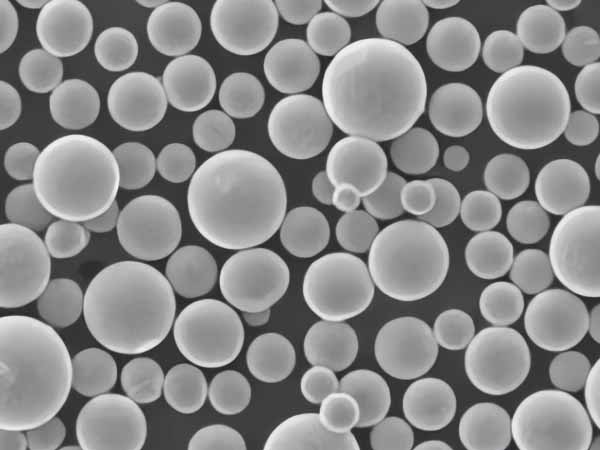
FAQ
| Question | Answer |
|---|---|
| What are high thermal conductivity alloys? | They are materials designed to efficiently transfer heat, used in various industries to manage heat dissipation. |
| Why is thermal conductivity important? | High thermal conductivity ensures efficient heat transfer, preventing overheating and improving the performance and lifespan of components. |
| Which metal has the highest thermal conductivity? | Silver has the highest thermal conductivity among metals, followed by copper. |
| What is the role of aluminum in thermal management? | Aluminum is lightweight, corrosion-resistant, and has good thermal conductivity, making it ideal for heat sinks and radiators. |
| How does copper-tungsten alloy differ from pure copper? | Copper-tungsten alloy has higher thermal stability and lower thermal expansion, making it suitable for high-temperature applications. |
| Are high thermal conductivity alloys expensive? | The cost varies; materials like silver and diamond are expensive, while aluminum and copper are more affordable. |
| What are common applications of high thermal conductivity alloys? | They are used in electronics, automotive, aerospace, power electronics, and lighting industries. |
| Can high thermal conductivity alloys be used in electrical applications? | Yes, alloys like copper and silver are excellent electrical conductors, while others like aluminum nitride are electrical insulators. |
| How do composite alloys like copper-diamond work? | Composite alloys combine the properties of different materials, like enhanced thermal conductivity from diamond and the lightweight nature of copper. |
| What factors should be considered when selecting a high thermal conductivity alloy? | Consider thermal conductivity, density, electrical conductivity, corrosion resistance, thermal expansion, and cost. |


